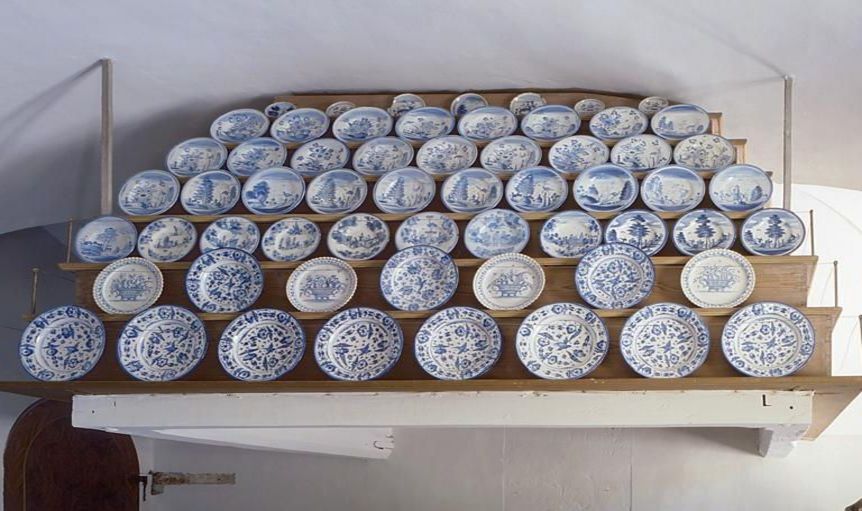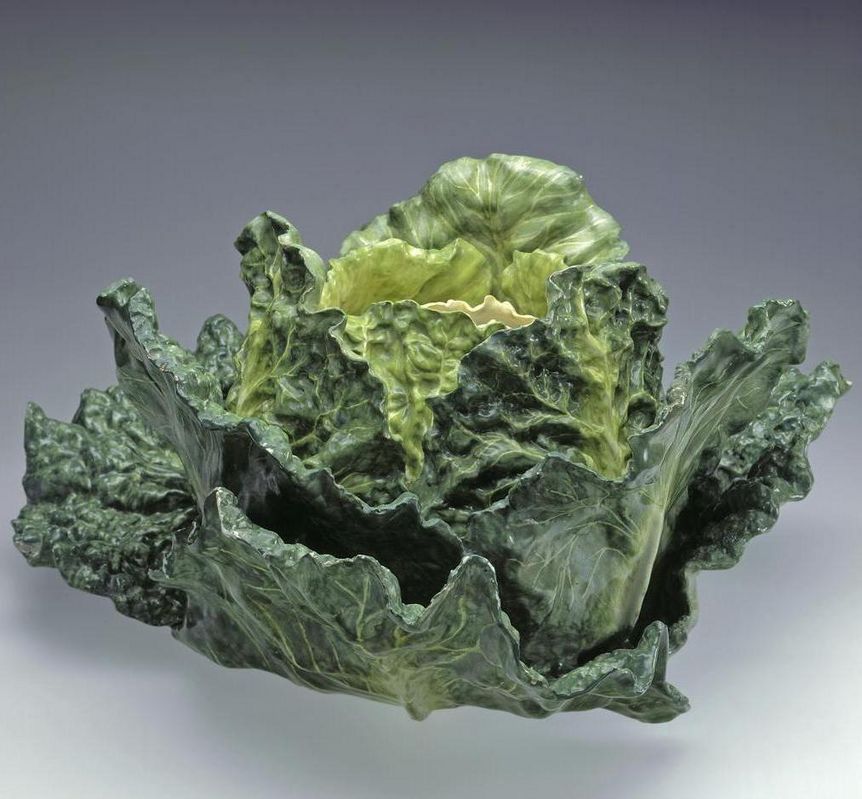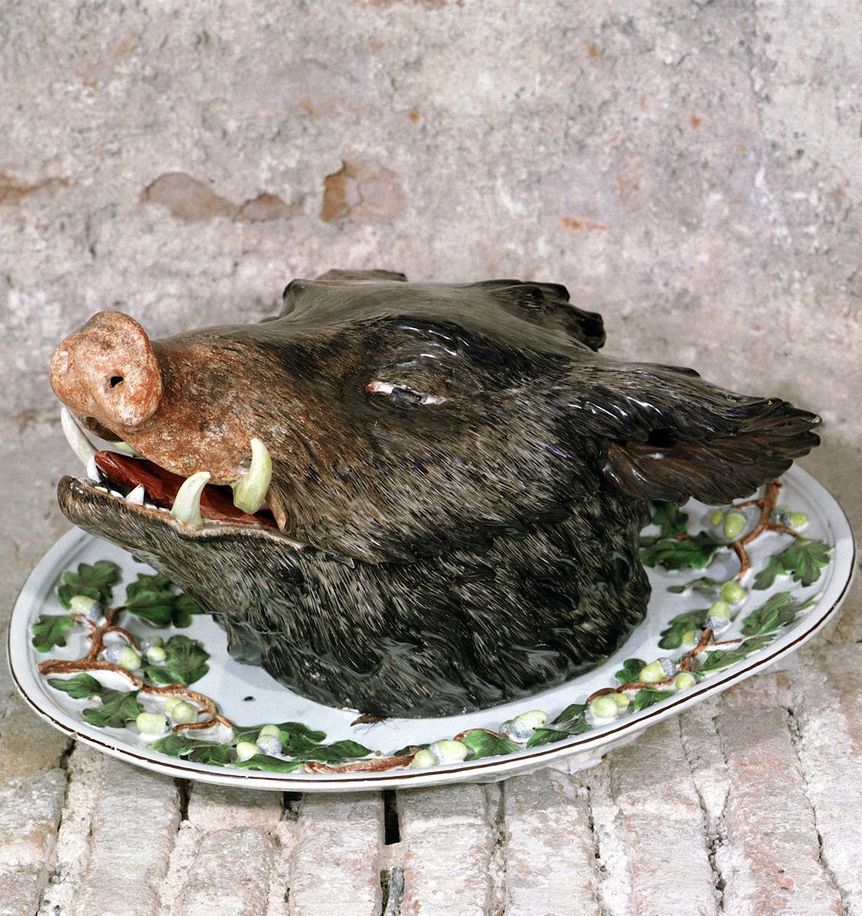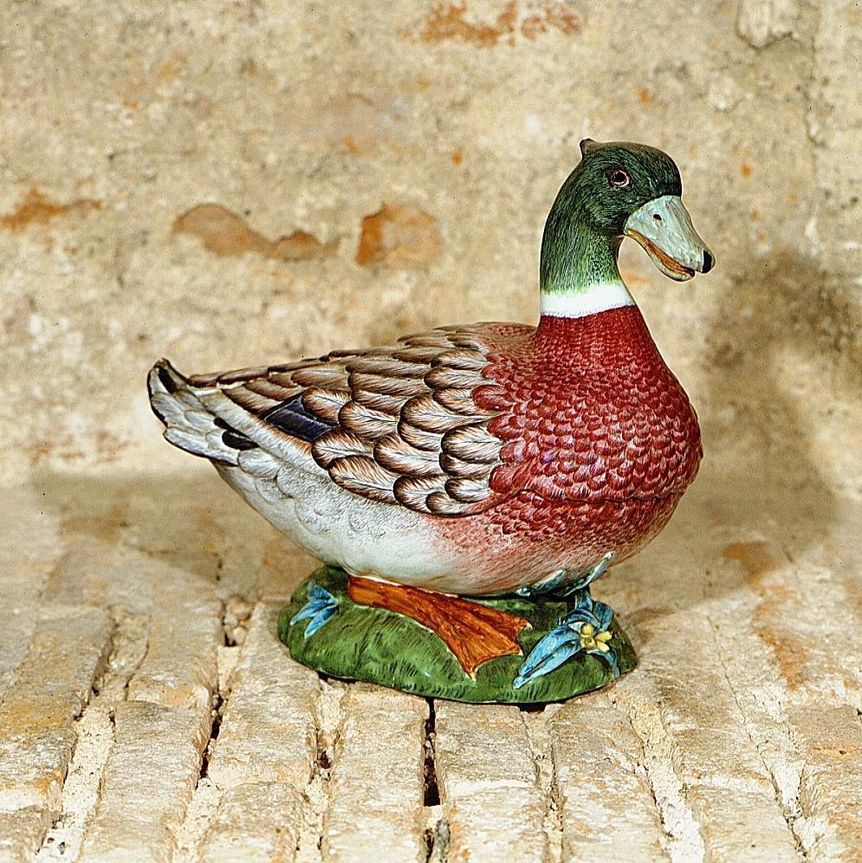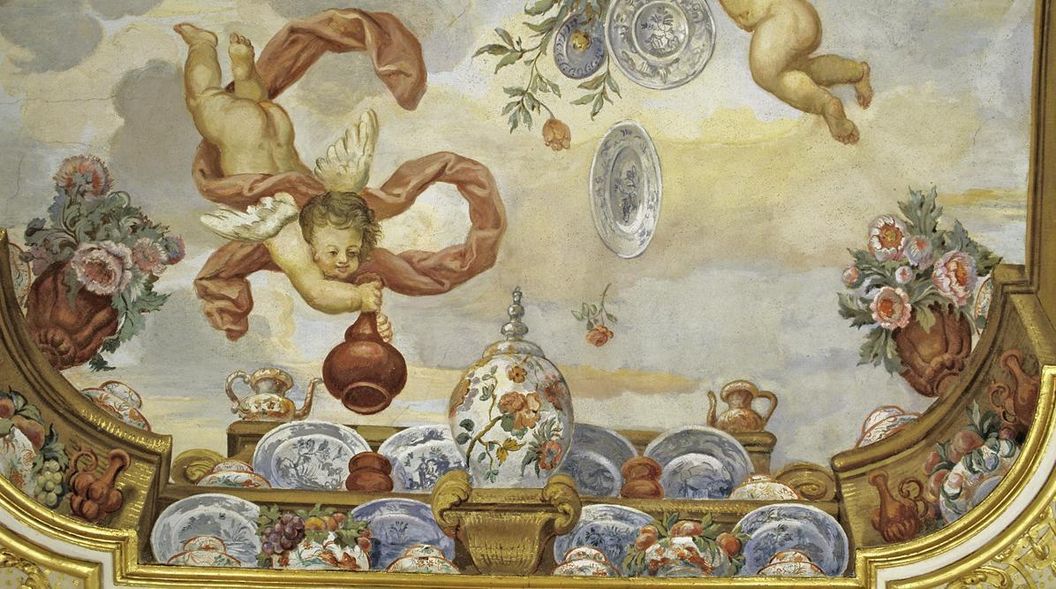Special potteryThe glazed earthenware collection
Glazed earthenware is on display on the ground floor. Glazed earthenware was shaped into more than just tableware; it was also turned into vases, planters and figurines. Highlights of the collection: tureens shaped like animals, fruits and vegetables – the Strasbourg factory's “showpieces.”



